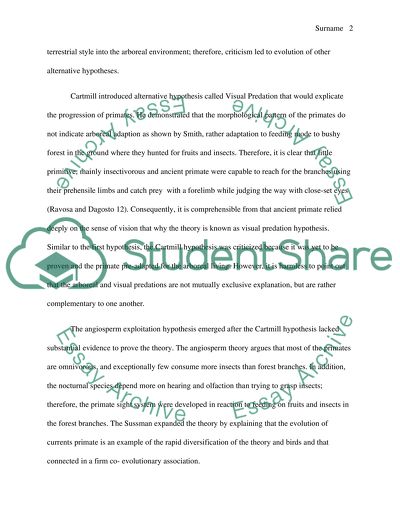The primate pattern Essay Example | Topics and Well Written Essays - 500 words. Retrieved from https://studentshare.org/miscellaneous/1582566-the-primate-pattern
The Primate Pattern Essay Example | Topics and Well Written Essays - 500 Words. https://studentshare.org/miscellaneous/1582566-the-primate-pattern.


